SpaceX’s 25th cargo resupply mission to the International Space Station (ISS) launched from Pad 39A on July 15, 2022. The Cargo Dragon carried up to 13,000 lbs of scientific payload and tech, including 8 Cubesats. The capsule docked with the ISS on July 16, 2022.
The Dragon Capsule carried out a variety of experiments that are designed to help scientists understand more about the world around us. The scientific research performed in the microgravity aboard the ISS can’t be replicated anywhere else. Consider the ISS like an orbital laboratory, performing science for the Earth — off the Earth.
Cracking the mysteries of the immune system and long-term space travel
These experiments include studies of the immune system, including how it responds to stress and medications.
“Spaceflight conditions enable the study of immune aging that would not be feasible in the lab,” says co-investigator Tobias Deuse, professor of surgery at UCSF. Microgravity affects many body systems including the cardiovascular system, musculoskeletal system, and vestibular system. It also affects the immune system in a variety of ways.
The immune system is a complex and fascinating part of our bodies. It helps us fight off infections and diseases, but it also has a lot to do with how we age. When you’re in space, it’s even more important to understand how the human body reacts to microgravity because it can cause the aging process to happen faster.
That’s why the Immunosenescence Investigation is using tissue chips to study how microgravity affects immune function during flight and whether immune cells recover post-flight. Immune systems are affected by microgravity, which can cause changes in immune cell function that lead to an increased risk of infection, osteoporosis, and cancer.
A dusty planet uncovered
The Earth Surface Mineral Dust Source Investigation (EMIT), developed by NASA’s Jet Propulsion Laboratory in California, will look for and measure the amount of dust that’s carried around the globe. Dust affects weather, hurricanes, travel, air quality, our oceans, vegetation, and health. It’s an important investigation to see how dust can affect our planet in the future.
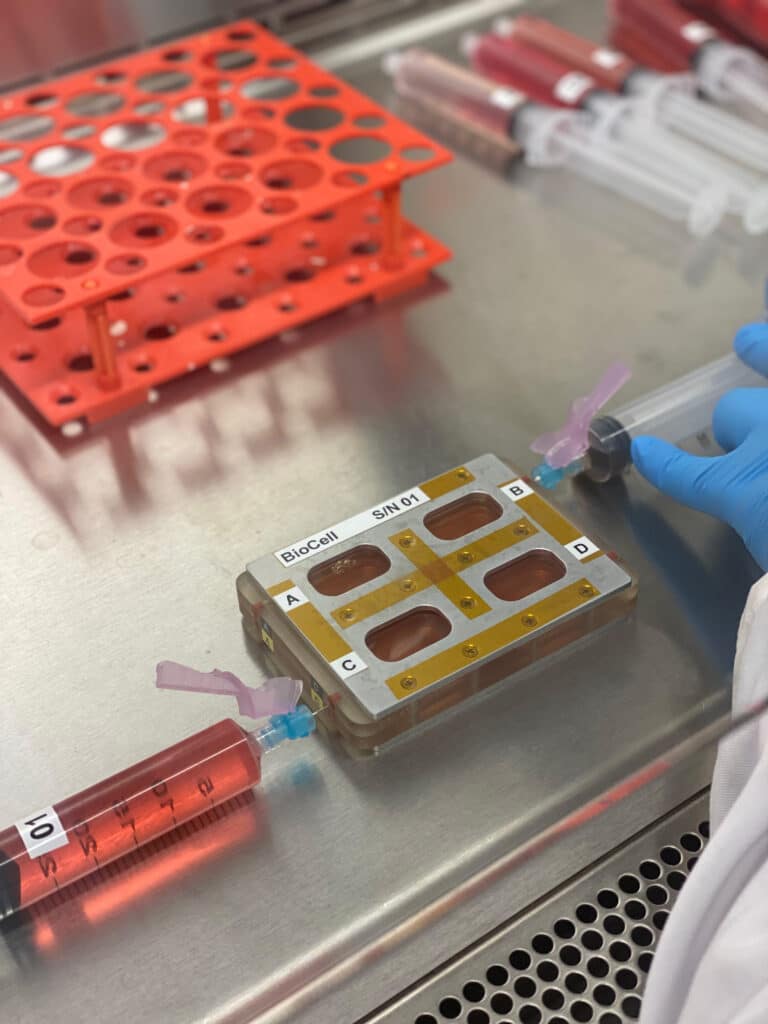
(Credits: Sonja Schrepfer, University of California San Francisco)
Dozens of these investigations look deeper into Earth’s oceans, soil communities, and cell-free biomarkers so that the answers can benefit humanity on Earth and future space missions.
Boosting agricultural production on Earth
When you think about the Earth, you probably don’t think about how much life is going on down there. But you should! There are all kinds of organisms down there.
For example, microorganisms in soil help cycle nutrients and support plant growth by breaking down organic matter and releasing nutrients back into the soil. They also help plants take up nutrients by making them more available for plant roots to absorb.
In microgravity, however, cells are unable to move around as freely as on Earth. This lack of mobility can affect metabolic interactions between microbial communities and their environment. NASA’s DynaMoS experiment will examine how microgravity affects metabolic interactions in communities of soil microbes.
The ongoing journey aboard the ISS
The International Space Station will be a hub of scientific research for a few more years to come.
It’s been in orbit since 1998 and has grown into a space station that can comfortably accommodate six astronauts. It’s also a place where people can do science on a whole new level — the ISS is constantly exposed to conditions that would never occur naturally on Earth. The ISS is an amazing feat of engineering It’s also an incredible opportunity for science.
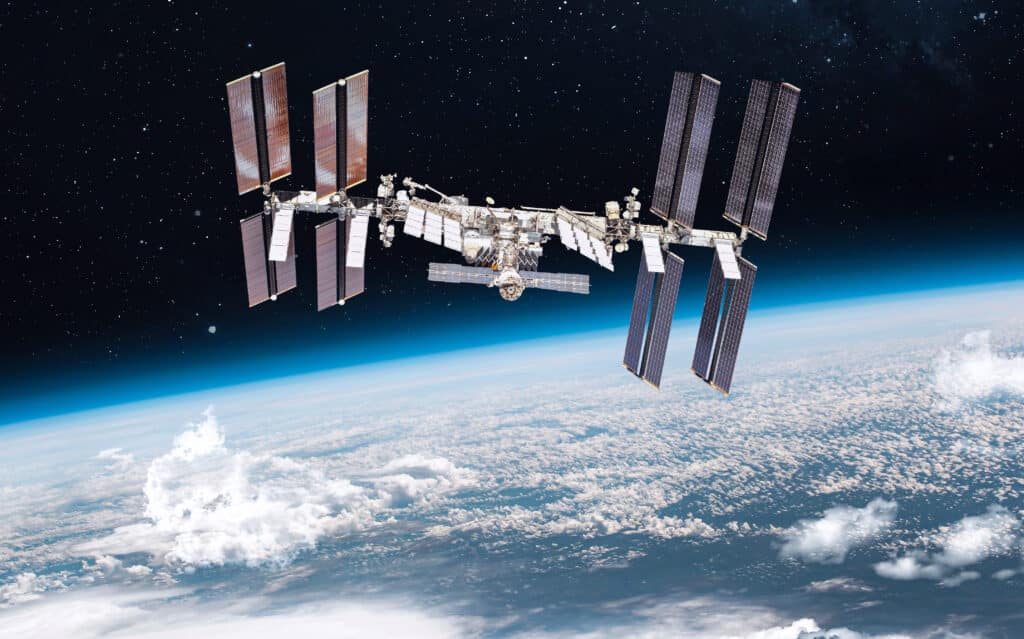
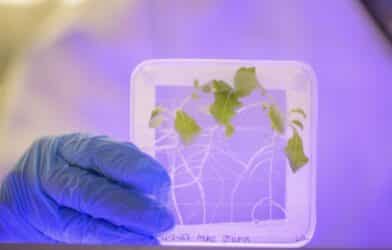
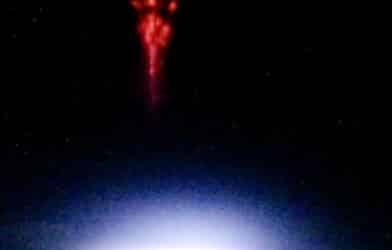
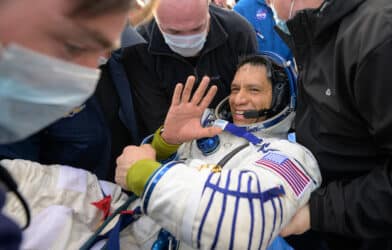
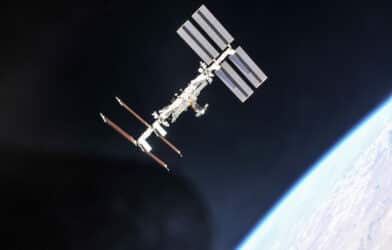
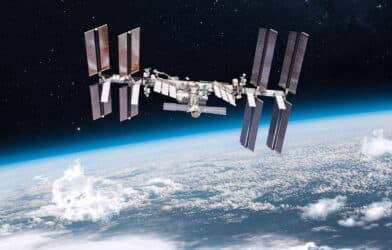
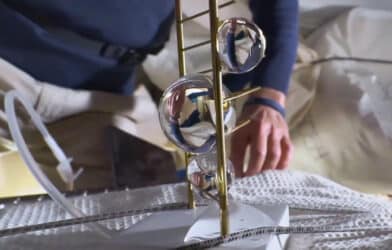






Rather misleading headline. Wasn’t about spaceX at all.
Excellent and Extremely Informative article!